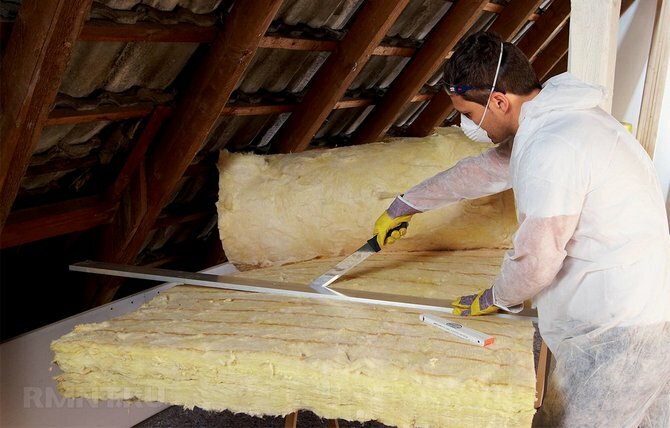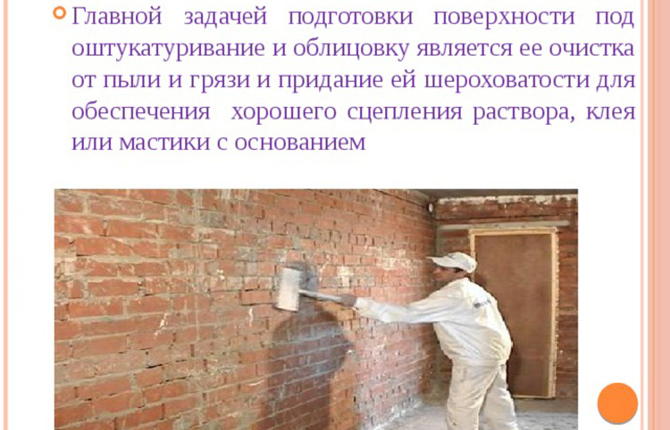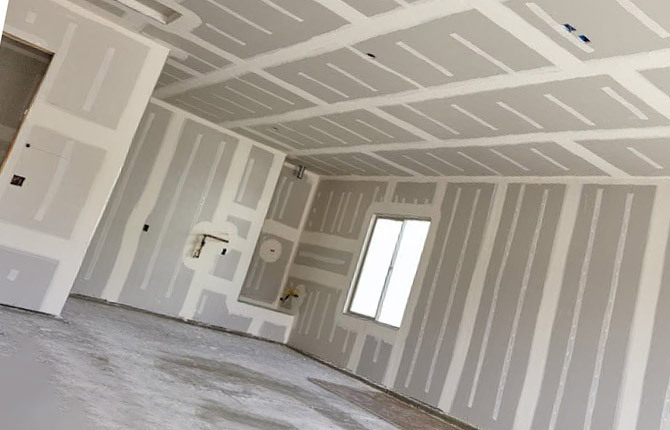Many consider mineral wool to be a safe natural thermal insulation material. But after getting acquainted with its real chemical composition and production process, it is impossible to call the material harmless.
As raw materials for mineral wool are used, as manufacturers say, natural rocks (basalt, gabbro, limestone). That is why the beautiful word "mineral" is in the name of the product. Sounds like a natural and environmentally friendly product. But are these definitions justified?

During the production process, rocks lose their original appearance, turning into a thin, brittle and crumbly mineral fiber. And to give it strength, various impurities are added to the composition - industrial waste, volcanic slag and sedimentary rocks.
Scientists of the Siberian Federal University (St. Krasnoyarsk) in the course of the study found that the production of mineral wool is possible even from "local raw materials", namely: from 80% of the fly ash of the Krasnoyarsk CHPP-1 and 20% of the limestone of the Torgashinsky deposit. It turns out that the composition of the mineral wool fiber may not include rocks at all. And production from industrial waste cannot be harmless to the environment.
Mineral wool cannot be called natural after the feedstock is subjected to many physical and chemical influences. Raw materials not only lose their characteristics, but also receive harmful impurities that can cause irreparable damage to the respiratory organs, getting into the lungs along with fine dust, constantly separated from the mineral cotton wool. A serious consequence can be the development of pneumofibrosis, an extremely severe and often incurable lung disease.
Even more arguments in favor of the insecurity of mineral wool can be found in scientific studies. Thus, in the article “Assessment of the risk of damage to health when exposed to fine dust of mineral wool” (“Kazan Medical Journal”, Volume 95, No. 4, 2014) describes a study conducted by a group of scientists from St. Petersburg State University of Communications (PGUPS). During the analysis of the composition of mineral wool dust, compounds of heavy metals (cadmium, copper, lead, nickel, zinc) were found, which can provoke the development of pathologies of the cardiovascular system.
It turns out that the mineral wool fiber itself is not safe for human health. However, that's not all. According to GOST 9573-2012, phenol-formaldehyde resins are added to the heat-insulating material. They make the fiber denser and allow it to hold its shape. GOST 12.1.007-76 “System of labor safety standards (SSBT). Harmful substances. Classification and general safety requirements” refers these resins to the class of “highly hazardous substances”. They are on the same level as chlorine, bromine, and even phosgene, a chemical warfare agent.
Already during the operation of mineral wool, phenol-formaldehyde resins emit their initial components - formaldehyde and phenol - into the air. Both of these substances are extremely toxic and can lead to chronic poisoning of the body, irritation of the respiratory tract, and also negatively affect the central nervous system. Formaldehyde, in addition, is included in the list of carcinogenic factors SanPiN 1.2.2353-08.
The conclusion suggests itself. The environmental friendliness of mineral wool is a fiction and an illusion of safety for our health.


